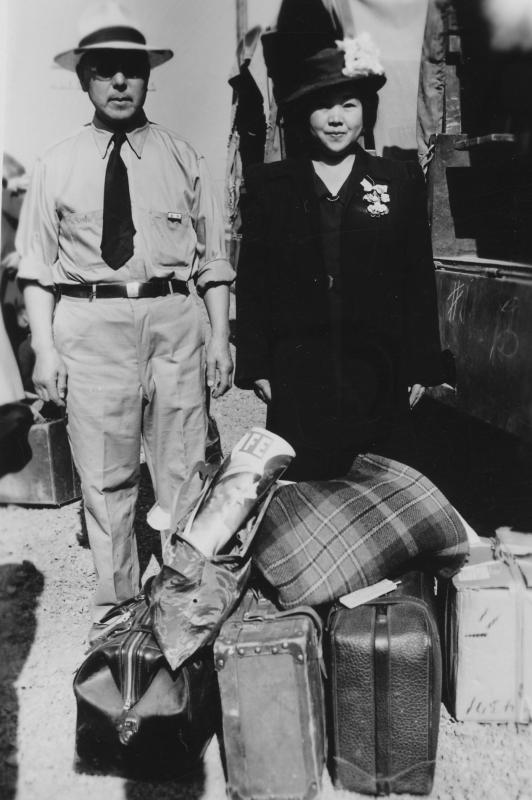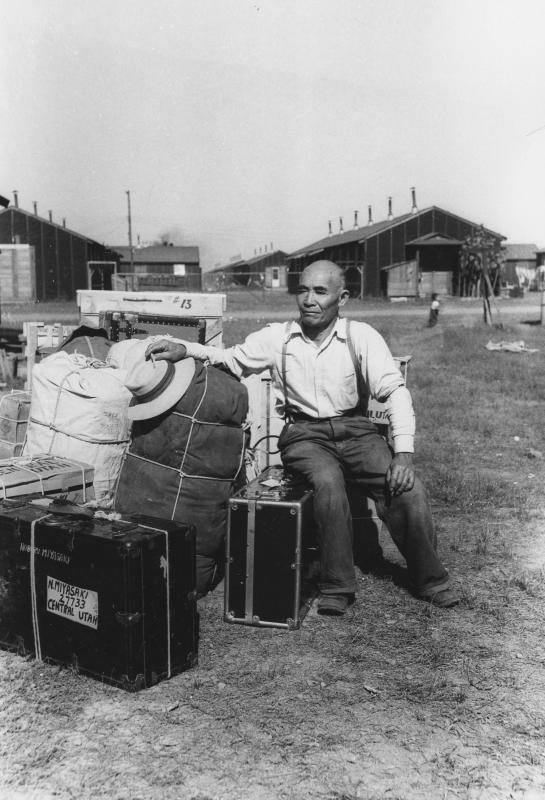The Internment Process
On December 7th, 1941, the Imperial Japanese Navy launched a surprise attack on Pearl Harbor. Ten weeks later, President Roosevelt signed Executive Order 9066, authorizing the removal of any or all people from military areas “as deemed necessary”. This ruling was quickly utilized by the government to begin relocating tens of thousands of Japanese Americans to remote internment camps, often with little to no warning.
The basis for relocation was race, and the American government did not discern between generational grouping in the process; whether first generation (Issei), second generation (Nisei), or so on, all Japanese were considered threats and removed from society. The physical process of removal was both cruel and debilitating for many and little regard was given to protecting Japanese peoples. College students could no longer return to class and were prevented from attending their commencements, leaving their educational futures to the discretion of the institutions. Shop owners were forced to leave their stores in the hands of whoever could take them or board up their windows and hope for the best when they returned. They were told to bring only what they could carry with them, and even then there were prohibited items. As a result of the internment process, many families lost almost all of their possessions and were forced to give up their homes and property with little compensation.
When the removal order came in 1942, the United States had not yet built permanent facilities to house all the Japanese families being interned. To deal with this, many temporary relocation centers were established and quickly filled to capacity as more and more Japanese were brought in. Among these facilities, one of the most heavily trafficked was the Tanforan Assembly Center just outside of San Francisco, in San Bruno. Formerly a horse racing track, Tanforan was modified to accommodate thousands of Japanese with horse stalls serving as barracks for families.


